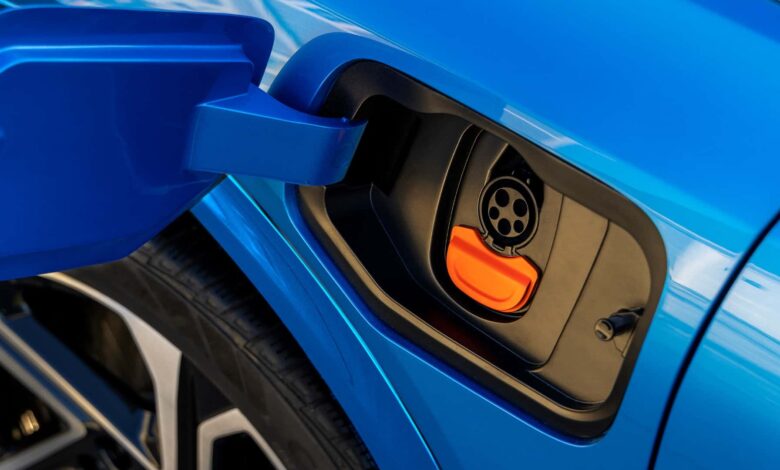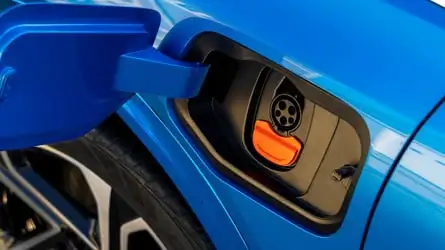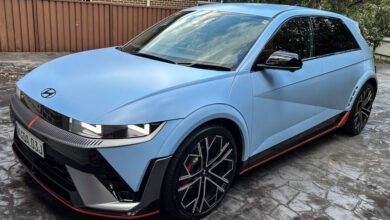GM Patents New Way To Do The ‘Cool Towel Trick’ For Faster Charging

The secret sauce involves a technique used to cool microchips for nearly four decades.

May 31, 2024 at 2:30pm ET
One of the biggest limiting factors in fast-charging just about any EV is heat. Automakers have been looking for ways to keep charging cool, from liquid cooling cables to upping the voltage architecture of cars. On the consumer side of things, some people have found a way to trick chargers into providing faster charge rates by draping a wet cloth onto the charger handle.
Rather than reinvent the wheel or try half-baked towel tricks, General Motors is looking to a tried-and-true method to help cool things down. In a new patent published just last month, spotted by Green Car Reports, GM describes using nearly four decades-old techs to improve how electric cars are charged.
The “Cool Towel Trick”
Tesla owners have found that draping a cool, wet towel over the handle of some Superchargers will increase the charge rate of their Supercharging session. This is a method of passive cooling, which is exactly what GM is trying to achieve with its new patent.
The secret sauce is in a reliable method of non-liquid cooling using a medium called phase change material (PCM).
As the name implies, the material changes phases depending on how much heat it absorbs and releases—like from solid to liquid—to cool whatever apparatus it is working with. In GM’s design, this PCM is built around the charging port and shifts from a solid to a liquid as it absorbs heat.
The heat is then dissipated through a heat spreader, similar to how some electronics have been cooled for decades. This passive cooling method is known to be efficient and reliable, plus it can help reduce weight compared to more complex solutions.
So, why is this important? Like many other EV-related complaints, it comes down to one convenience factor: charge time.
When an EV’s charging components become too hot, the vehicle and charger negotiate a lower charge rate to help protect components. This is why the “towel trick” works—it helps cool the components and sensors responsible for throttling the charge rate. But don’t just take my word for it, here’s how GM explains it in its patent:
If the charge port temperatures exceed a predetermined threshold, the on-board control module or charging station may de-rate charging. That is, charging may continue at a reduced rate or may be paused to allow the charge port temperatures to drop. If temperatures fall below the predetermined threshold, the charge rate may be increased and/or charging may be restarted. Inhibiting a charge rate due to high charge temperatures may be inconvenient for a user. Accordingly, the industry would welcome a charge port cooling system that does not depend on liquid cooling techniques.
Sure, there are other ways to cool charging components. Tesla uses liquid-cooled charging cables in V3 Superchargers to achieve this. Hyundai, Porsche, and other automakers have also switched to 800-volt battery architecture, allowing for less current while charging and thus less heat. But PCM seems to be a cheap no-brainer if the tech proves useful in the automotive space.
It’s unclear if GM will use this tech in any of its new cars, especially as it begins moving to Tesla’s NACS standard. Sometimes automakers patent some pretty wild things, so whether or not the tech will make it into a production car is up in the air.
Read more



